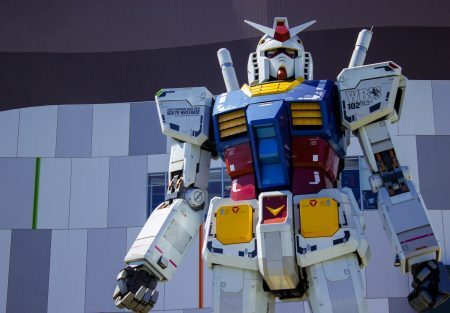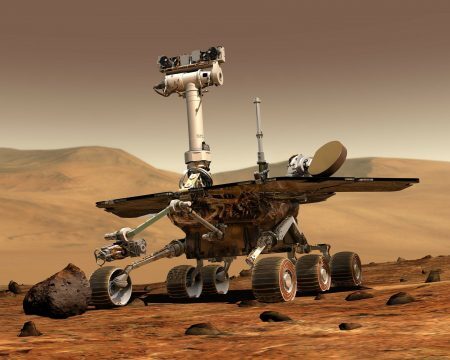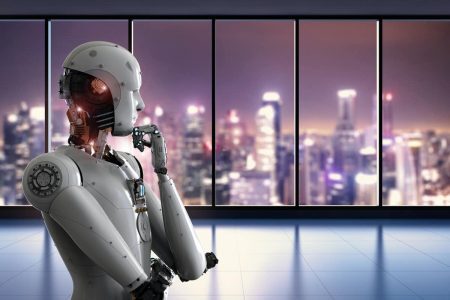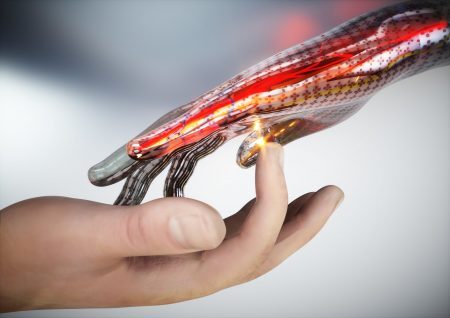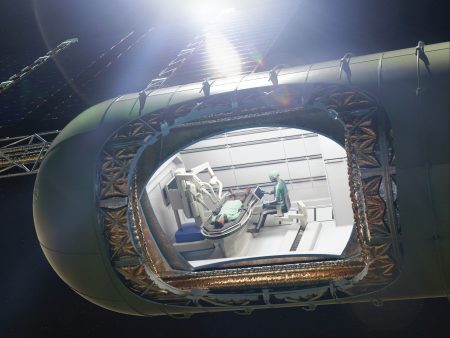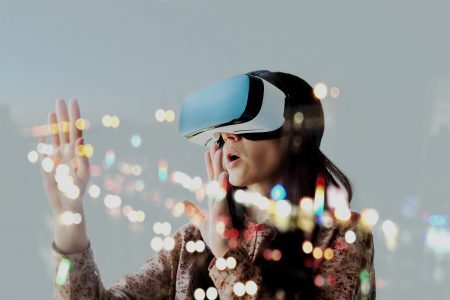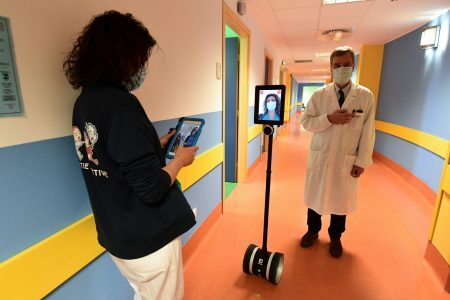In the 2012 film “Robot and Frank”, the protagonist, a retired cat burglar named Frank, is suffering the early symptoms…
Browsing: robots
It’s been suggested that an advance party of robots will be needed if humans are ever to settle on other…
Artificial intelligence seems to be making enormous advances. It has become the key technology behind self-driving cars, automatic translation systems, speech and…
Skin is our largest organ, made up of complex sensors constantly monitoring for anything that might cause us pain. Our…
Surgical emergencies are in fact one of the main challenges when it comes to human space travel. But over the last few years, space medicine researchers have come up with a number of ideas that could help, from surgical robots to 3D printers.
Ah, the promised potential of the robotic helper. We all need an occasional hand living our day to day lives,…
Do you know that adorable BB-8 and R2D2 droids? Not the ones in the George Lucas sci-fi films, but rather…
Not so long ago, the concept of a fully automated store seemed something of a curiosity. Now, in the midst of the COVID-19 pandemic, the idea of relying on computers and robotics, and checking out groceries by simply picking them off the shelf doesn’t seem so peculiar after all.
Research laboratories and startups are creating new robots, including one designed to allow health care workers to remotely take blood samples and perform mouth swabs. These prototypes are unlikely to make a difference now. However, the robots under development could make a difference in future disasters if momentum for robotics research continues.
If you’re concerned that automation and artificial intelligence are going to disrupt the economy over the next decade, join the club. But while policymakers and academics agree there’ll be significant disruption, they differ about its impact.

